New report paints gloomy picture of the world’s nuclear industry
By Dawn Stover | October 6, 2022
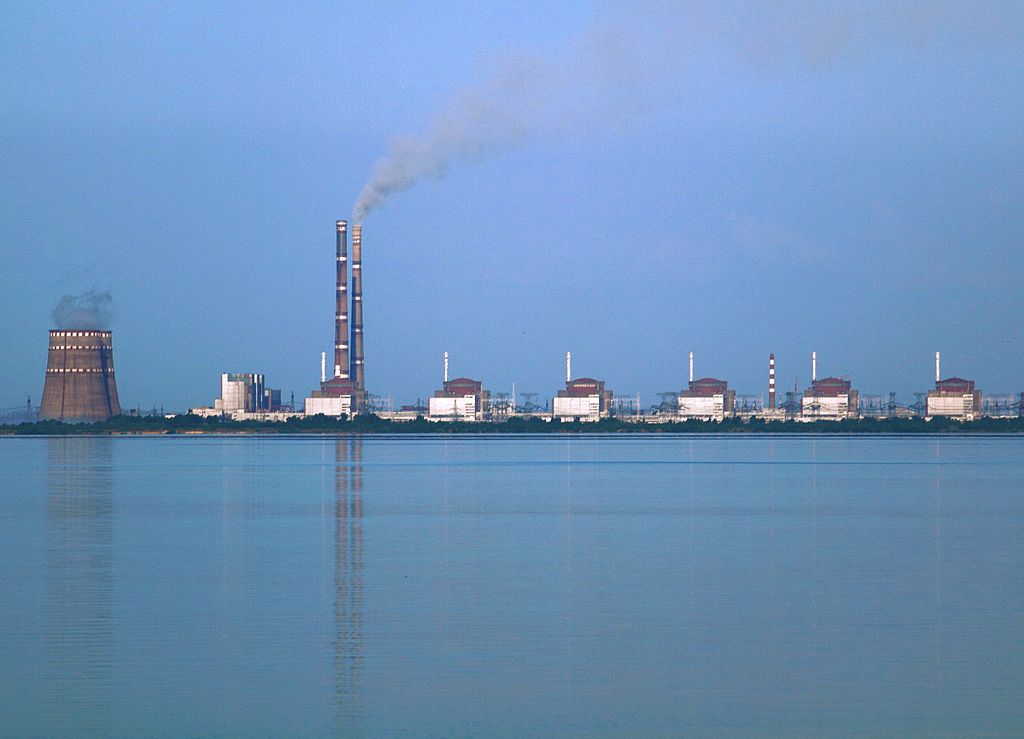
The amount of electricity generated worldwide by nuclear energy increased by 3.9 percent last year. In China, it increased by 11 percent—in part because China connected three new nuclear reactors to the grid last year, and two more in the first half of 2022.
That might sound like a growth industry, but China is one of the few places where nuclear power is on the rise. In countries such as France, India, and the United States, nuclear electricity generation is declining. And although global nuclear electricity generation is still increasing, it is not keeping pace with other energy sources, particularly wind and solar power.
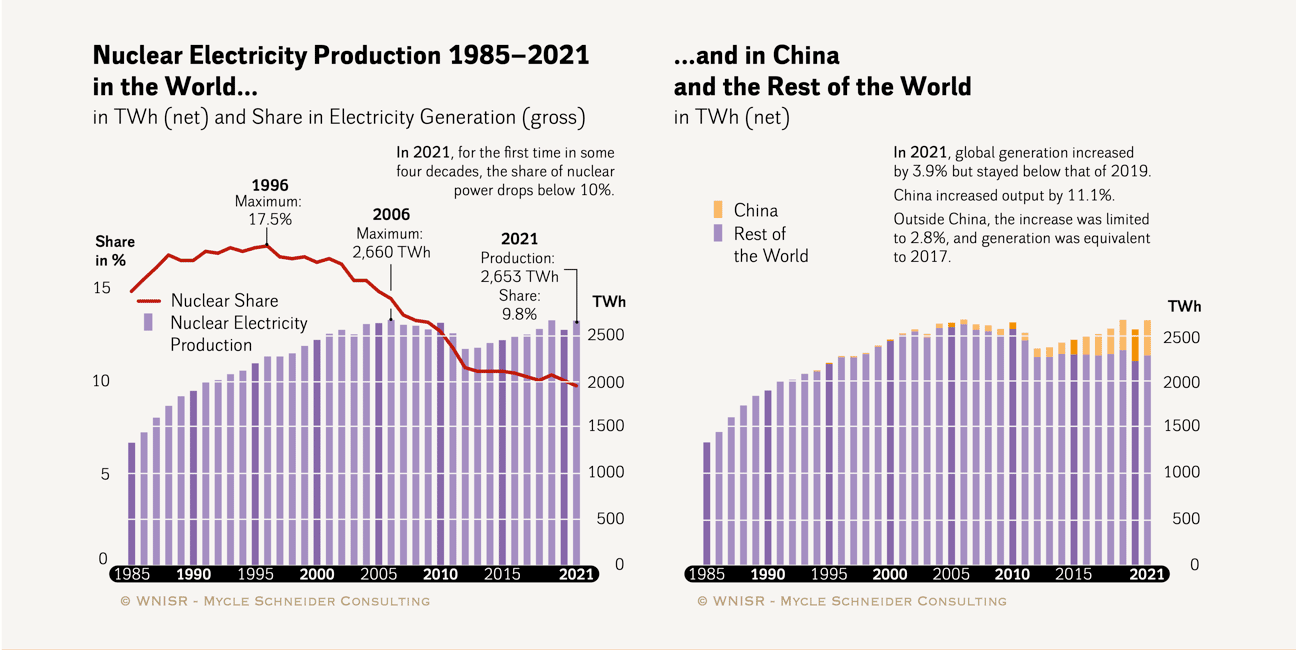
Last year, nuclear energy’s share of global electricity generation dropped below 10 percent for the first time in four decades. At its peak in 1996, nuclear power generated 17.5 percent of the world’s commercial gross electricity.
At the end of 2021, the world had 437 nuclear reactors “in operation,” according to the International Atomic Energy Agency (IAEA). However, that total included 23 reactors that have not generated power since at least 2013.
Those are some of the key findings in the World Nuclear Industry Status Report 2022, the most recent in a series of annual reports compiled over the past 15 years by an international team of experts led by Paris-based independent consultant Mycle Schneider and London-based independent consultant Antony Froggatt. The 385-page report, released on October 5, paints a detailed picture of reactor construction starts, closures, electricity generation, reactor age distribution, and other trends within the 33 countries that have operating nuclear reactors—as well as an update on potential newcomer countries.
Ten chapters of the report focus on specific countries and the issues they are having with nuclear power: For example, reactors in France had their worst performance in years, and the report says the worst is yet to come. In Germany, the energy crisis caused by the war in Ukraine has led to an unexpected debate over whether to extend the lifetimes of nuclear reactors that were scheduled to be phased out in response to the Fukushima nuclear accident. In the United States, legislators have passed large new subsidies for nuclear power in order to keep an existing, but in some places no longer economical, low-carbon-emissions energy source afloat in a changing climate.
In Fukushima, Japan, the industry status report describes the situation created by the 2011 accident as “far from stabilized.” Japan’s safety authority agreed on a controversial plan to release more than 1.3 million cubic meters of contaminated water into the ocean over the coming three decades. “Most of the water would have to be treated again before being diluted and released,” the report notes.
This year, for the first time, the authors also included a chapter on “Nuclear Power and War” in their report. The chapter explains why it is virtually impossible to protect a facility as complex as a nuclear power plant from intentional or accidental military attacks. No nuclear power plant in the world has been designed to operate during a full-scale war that includes shelling, occupation by enemy forces, and physical threats against employees operating the plant, the report states. “Nuclear power plants are immediately vulnerable in war situations. This is directly due to the constant and permanent need for cooling.”
The chapter on war also includes a timeline of official statements by the IAEA and the State Nuclear Regulatory Inspectorate of Ukraine about the status of nuclear facilities in Ukraine, particularly the Russian-occupied Zaporizhzhia nuclear power plant. The report’s authors note that they have “refrained from attempting an objective account of what is happening in Ukraine,” given the difficulty of verifying whether certain reports are exaggerated or even false. “The warring parties, as well as organizations and individuals interacting with them, have an interest in a representation that is not necessarily objective,” the report states. Nevertheless, the authors hope that the chronology of statements sheds some light on the situation.
It’s unclear what impact economic sanctions will have on Russia’s dominance in the international nuclear reactor marketplace. Russia’s national nuclear company Rosatom currently has 20 reactors under construction: three in Russia, four each in China and India, and nine more in four other countries.
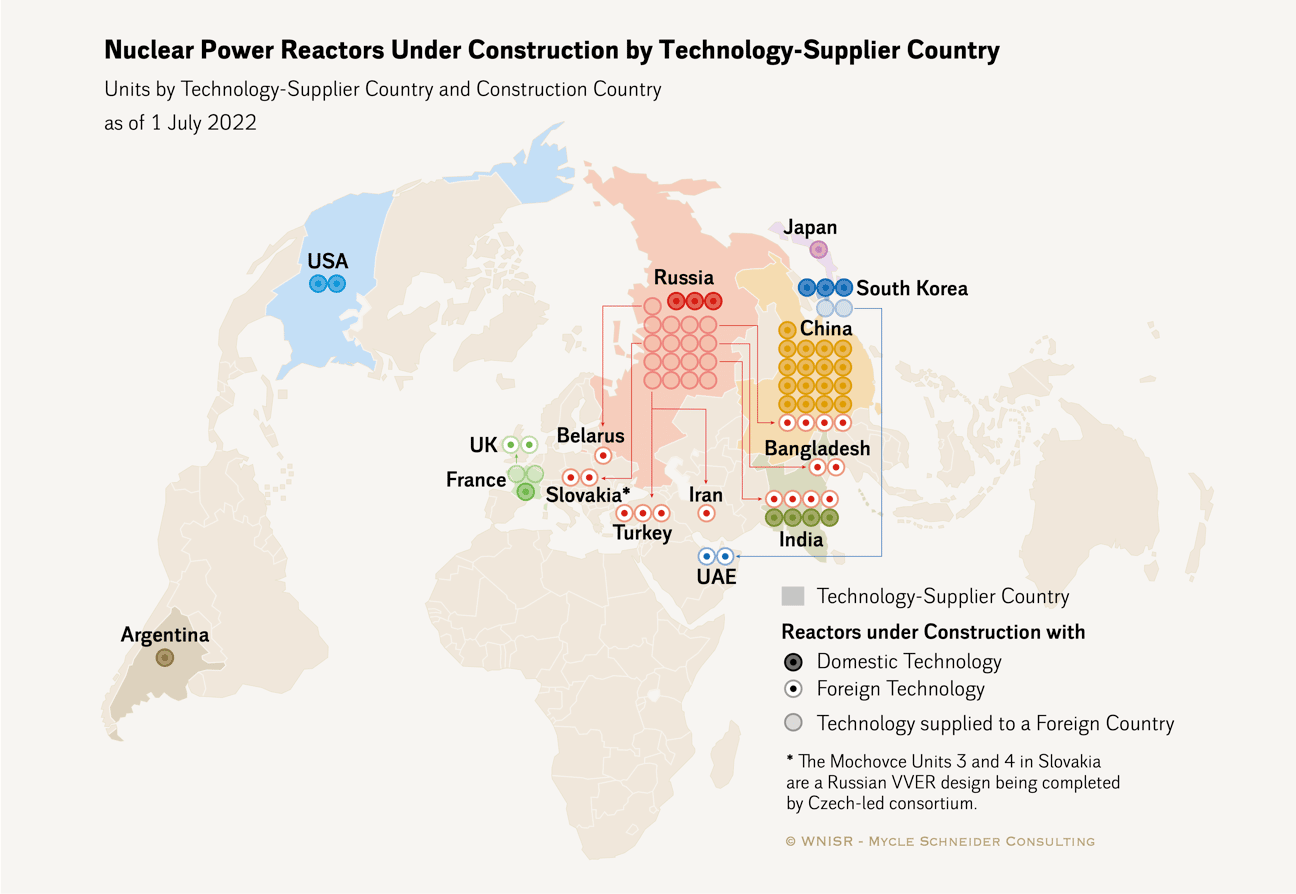
Of the 53 reactors currently being built around the world, an average of almost seven years has passed since construction began, according to the industry status report. At the beginning of 2021, utilities planned to connect 16 reactors to the grid that year, but only six actually made it—half of them in China.
Even though China has a young and growing fleet of reactors, two-thirds of the world’s reactors have already operated for more than three decades, with many reactors approaching the end of their operating lifetimes. The status report projects that “in the decade to 2030, in addition to the units currently under construction, 161 new reactors . . . would have to be connected to the grid to maintain the status quo, almost three times the rate achieved over the past decade.”
And even if reactors were built at that accelerated rate, that still leaves the problem of what to do with nuclear reactors during times of conflict—as the war in Ukraine shows.
The more nuclear reactors that are operating, “the more difficult to shut down all reactors as a precautionary measure in case of war,” the status report notes. “Physics do not change under wartime conditions.”
Together, we make the world safer.
The Bulletin elevates expert voices above the noise. But as an independent nonprofit organization, our operations depend on the support of readers like you. Help us continue to deliver quality journalism that holds leaders accountable. Your support of our work at any level is important. In return, we promise our coverage will be understandable, influential, vigilant, solution-oriented, and fair-minded. Together we can make a difference.
Keywords: China, Russia, Ukraine, nuclear industry, nuclear power, nuclear reactors, war
Topics: Nuclear Energy



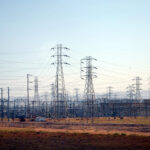
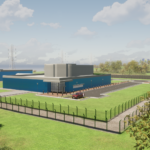
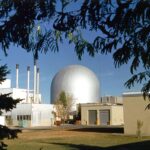

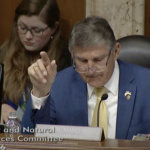








Antiquated environmental sentiments that belong in the last century. Nuclear is vital to decarbonization. Only 9% of 18-34 year olds in the US view nuclear power as harmful (Statista). Thank god the voting base is shifting away from this cold-war era paranoia regarding nuclear energy.
Hey TJ, you don’t know the differnce between “sentiments” ans “facts”. The facts are clear : nuclear share of world electricity is now under 10%, it was 17,1% in 2001. And it’s only a beginning, about 150 reactors are going to shut down definitively in teh next 15 years…
TJ understands just fine. TJ’s statements are facts as well.
Your facts are only true because of 50 year old political ideas, not safety, not concern about the environment, not concern for the habitability of the planet or the wars that will be caused by catastrophic climate destabilization.
Another fact: unless we deploy enough nuclear power capacity to get to net zero carbon, most of humanity is screwed. The politics in the way of that will be responsible for that outcome unless we can reverse them.
Fukushima killed one person. Nuclear is insanely safe compared to any other source of power, can be deployed close to demand around the world (unlike wind, solar, and hydro), can burn the “spent” fuel currently languishing in storage pools, and newer designs eliminate the risk of entire types of accidents, including the total loss of cooling. The reason nuclear reactors take a long time to deploy is political, having nothing to do with the reactor equipment itself. If we don’t decide to start deploying a lot more nuclear, we are nearly guaranteed make the planet uninhabitable for humanity. That is… Read more »